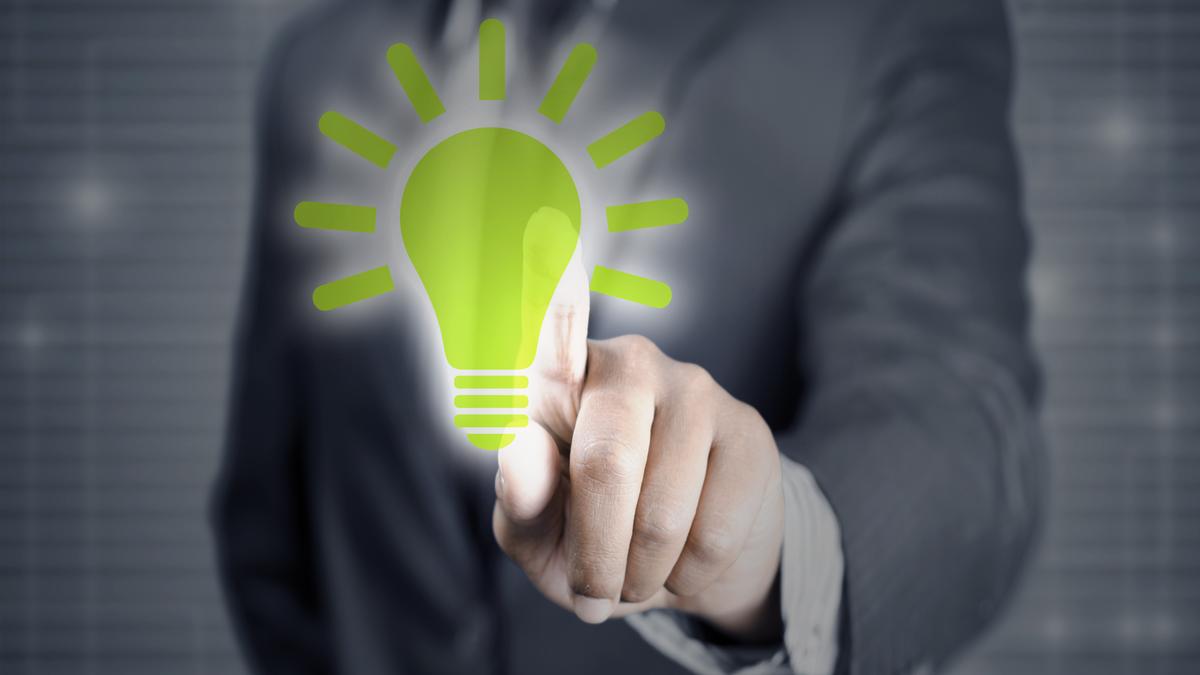At a time when both India and Australia are pushing ambitious clean energy targets, it is timely that Australia’s Minister for Climate Change and Energy, Chris Bowen is arriving in Delhi today (October 15) to meet his Indian counterpart, New and Renewable Energy Minister Pralhad Joshi. His visit comes amidst confronting vulnerabilities in the global supply chains of businesses and the government grappling with how to meet ambitious targets in the clean energy transition. The central challenge is clear: how to scale up renewable energy while avoiding an ongoing overdependence on China, which dominates the processing and manufacturing of critical materials.
This is where the India-Australia Renewable Energy Partnership (REP), launched last year by Prime Ministers Narendra Modi and Anthony Albanese, must move from vision to implementation. If it is to succeed, both countries need to focus on joint projects, critical mineral cooperation and capacity building, turning climate ambition into practical, resilient outcomes. Mr. Bowen will have the chance to highlight the significance of this partnership when he delivers the Australia India Institute’s Annual Oration in New Delhi this week.
A climate change vulnerable region
The Indo-Pacific is already experiencing the harshest effects of climate change. Between 1970 and 2022, the region averaged nearly 10 climate-related disasters a month, causing thousands of fatalities and billions in losses. By 2050, projections suggest as many as 89 million people could be displaced, with 80% of the region’s population directly impacted.
To mitigate the challenges, India has pledged to reach 500 GW of non-fossil electricity capacity by 2030, with about 280 GW to come from solar. And it is already five years ahead of schedule to reach it. In July 2025, half of India’s installed electricity capacity is now from non-fossil sources. Meanwhile, Australia has recently set a 62%-70% reduction in emissions below 2005 levels, by 2035, raising its climate ambition in line with net-zero goals.
Mr. Bowen said recently on the sidelines of the United Nations General Assembly that the emission reduction target is ‘ambitious and achievable, but also investable’. Yet, targets alone do not insulate against structural risks. The global clean energy transition depends on critical minerals, solar components, batteries and hydrogen technologies.
The risks of single country dependence
Today, much of this value chain is concentrated in one country. China refines over 90% of rare earth elements and produces nearly 80% of global solar modules, giving it a pivotal role in the world’s renewable energy supply.
For India, this dependence is acutely felt in sectors such as electric mobility and wind power, where the import of rare earth magnets and battery materials is unavoidable. For Australia, the story is different but connected: while it is one of the world’s largest producers of lithium and has rich reserves of cobalt and rare earths, it lacks large-scale refining and downstream manufacturing.
This vulnerability has already been tested. The COVID-19 pandemic exposed supply chain fragilities when component shortages disrupted production across sectors. More recently, China restricted rare earth exports, which sent a warning signal to industries worldwide. For India, such disruptions slowed the electric vehicle production. A leading Electric Vehicle (EV) scooter company, for instance, produced just 10,824 units of its EV scooters in July, nearly halving output from a year earlier. For Australia, they underlined the risks of being a raw-material supplier alone. These examples make clear why downstream processing, diversification and supply chain resilience are not optional but strategic imperatives.
The REP presents a framework to respond to this challenge. It lays out cooperation across eight areas: solar photovoltaic technology, green hydrogen, energy storage, solar supply chains, circular economy in renewables, two-way investment, capacity building, and other shared priorities. Importantly, it also proposes a Track 1.5 Dialogue, bringing together policymakers, industry and research institutions to build practical collaboration.
A strong basis for collaboration
So, what does each side bring to the table? Australia’s strengths lie in its resource base and regulatory stability. It can supply India with critical minerals such as lithium and rare earths, but the real value lies in co-investing in refining and processing infrastructure that strengthens the control both countries can have over the clean energy value chain. Australia’s recent Net Zero Jobs Plan also reflects its focus on creating the skilled workforce needed for this transition, an area where collaboration with India makes sense.
India’s own advantage lies in its scale and youth. With nearly two-thirds of its population under the age of 35, India’s demographic dividend can be directed towards clean energy manufacturing, installation and maintenance through programmes such as Skill India. Its growing market demand for solar, storage and hydrogen, combined with production-linked incentive (PLI) schemes, offers Australian firms an avenue to expand investment while helping diversify supply chains. Together, Australia’s resources and India’s workforce can form the backbone of a more resilient and regionally anchored clean energy ecosystem.
Mr. Bowen’s Delhi visit could not have come at a more crucial moment. Cooperation to deliver clean energy together could show the world how two democracies can respond to a region under constant threat of climate-related disasters and deliver resilient clean-energy supply chains to address it.
Lisa Singh is a former Australian senator and the first woman of Indian heritage to be elected to federal Parliament. She is currently the Chief Executive Officer at the University of Melbourne’s Australia India Institute. Tushar Joshi is a Research Associate at the Australia India Institute and a PhD candidate at the University of Melbourne. He is a visiting fellow at the Observer Research Foundation, Delhi
Published – October 15, 2025 12:08 am IST

